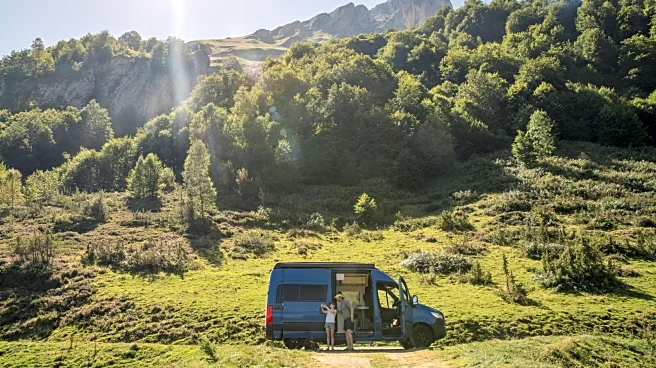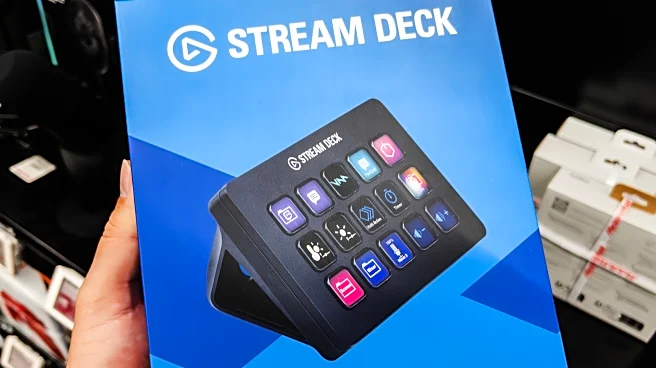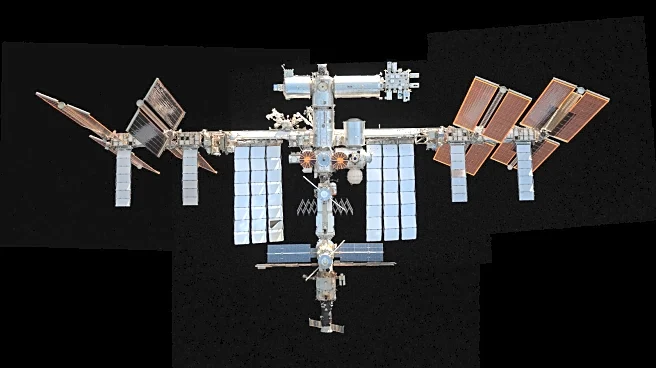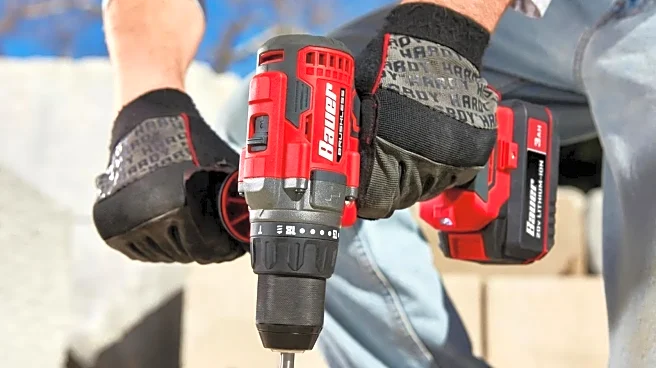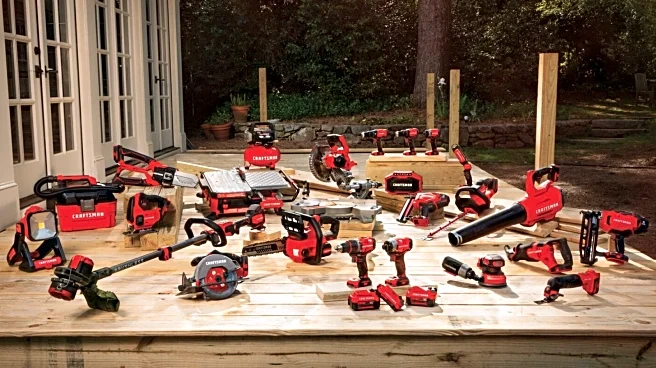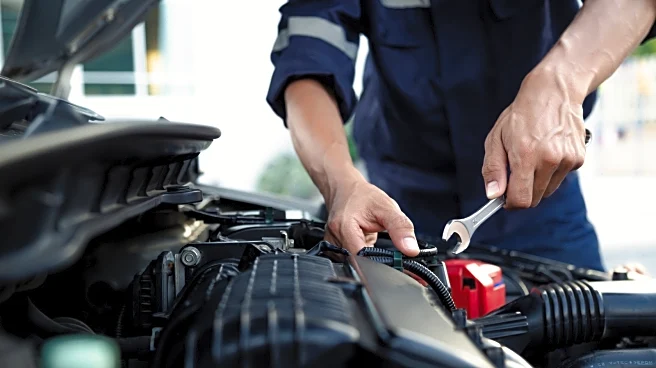
When most people picture camping, they might envision tents, sleeping bags, and coolers. But RV owners picture it differently. Camping in an RV, whether a motorhome or trailer, offers all kinds of luxuries that tent campers skip entirely. An RV, after all, can house everything from a king-size bed to a full bathroom, smart TV, full kitchen, and more.
But what if you have a hankering for the comforts of home but also want to spend time in the middle of nowhere, indulging in nature and some quiet time?
Though most major RV brands have hookups for electricity and water, even a self-contained model — with water storage, a bathroom, and cooking facilities — requires utility connections. There's also the fact that RVs are very different from campers when it comes to equipment and amenities.
Either way, if you decide to leave the confines of a campground or RV park, you'll be doing what's known as dry camping or boondocking. Dry camping still uses a trailer or motorhome, but it also means leaving some creature comforts behind — unless you prepare ahead of time. Even the best travel trailer brands don't come equipped for dry camping, but a handful of products can make boondocking an enjoyable activity.
Read more: 12 Cool Car Gadgets You Can Buy From Amazon In 2025
Awnings
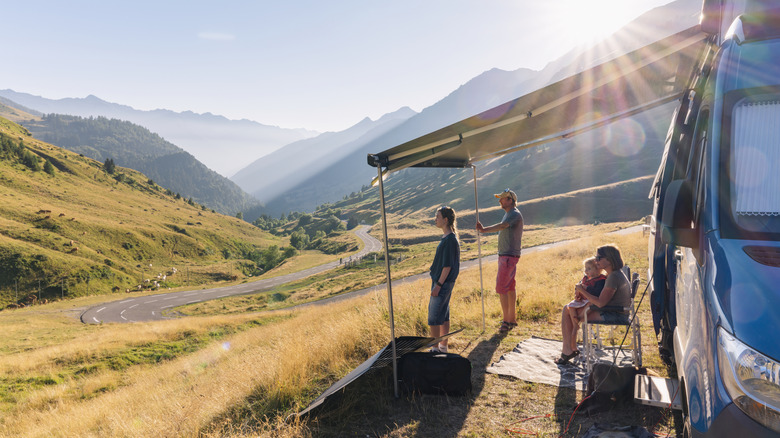
Depending on the type of RV you have, it might come with an awning. If it didn't, or even if it did, consider that boondocking is a bit of a different experience from parking on a concrete pad in a fancy RV park. Whether you're used to roughing it or not, having protection from the elements (rain or sun) will go a long way toward making dry camping more comfortable.
Consider the fact that when you dry camp, you might be parking in an area not designed for camping. That likely means no built-in shade structure, no picnic tables, and plenty of forest, beach, or other debris underfoot. Pop-up structures or awnings that attach to your RV can help you create an outdoor space to hang out in.
Coupled with an outdoor rug or picnic blanket and some netting, an awning or pop-up expands your living area while providing a barrier against sun, wind, rain, and bugs. For easier setup and protection from pesky insects, consider a pop-up option like East Oak's 10-by-10 screen structure on Amazon — it folds down for easy storage and transport, too.
Rope Lights
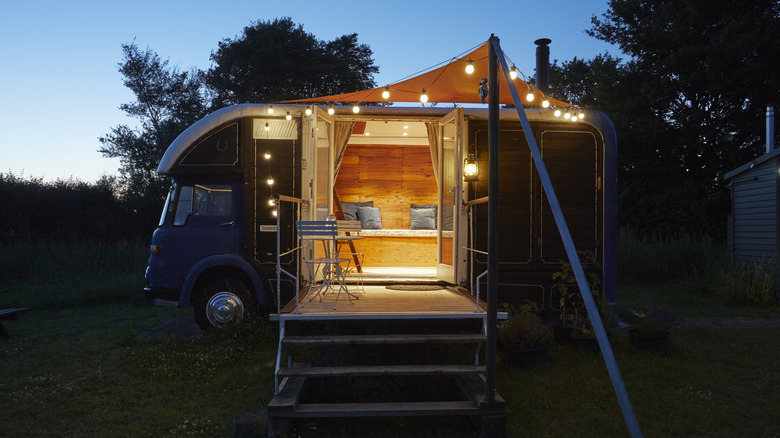
Lighting might not be something you consider when camping at a campground or RV park. After all, even rustic campgrounds generally have lighting, especially in common areas. When you decide to travel off the beaten path, you give up that utility and ambiance, so lighting is an important consideration. Yet flashlights and lamps might not be enough. Our suggestion? Some ambient lighting around the perimeter of your RV.
Stringing rope lights under your RV can help increase visibility as you navigate outside in the evening (or early morning) hours. With rope lights (or holiday lights, whatever you fancy), it's easier to see where you're going, especially if you're far from city lights. Ambient lighting is especially helpful if your chosen dry campsite is uneven.
There's also a lesser-considered benefit to having some lighting around the perimeter: It might deter critters. While a visit from a deer or wild turkey might not be so bad while you're boondocking, you won't want to invite mice in, and lighting can help with that. While gentle lighting won't necessarily keep mice away, it can discourage wildlife from getting too close. Make sure to choose lights that are suitable for outdoor use, like Waterproof LED Rope Lights from Jnaurb on Amazon.
Portable Internet Service

When you opt for an RV park or campground, you're signing up for a range of amenities, one of which is usually internet service. Although dry camping tends to mean eschewing creature comforts like running water and electricity, humans seem to have an ever-present need for Wi-Fi. Fortunately, boondocking doesn't mean you have to forgo connectivity, even if your cell phone service doesn't reach the highest mountain peak or the deepest valley.
A traditional Wi-Fi hotspot could be a simple solution if your destination isn't too far off the beaten path, but that might be too much of a gamble. For more consistent internet access, consider RV-specific internet service options. One well-known example is Starlink satellite internet, specifically Starlink Roam; Roam's unlimited plan costs $165 per month.
While most RV internet service options are pretty pricey, they may be worth the investment if you plan to dry camp often or stay at campgrounds with spotty service and unreliable Wi-Fi. Keep in mind that most service options require specific equipment, like a proprietary router, so you'll want to plan well in advance of your trip.
Solar Panels

Convenient utility access is one of the perks of staying in a campground. Even the most entry-level campgrounds tend to have plug-in electricity, but of course, when you head out into the wilderness, power sources are harder to come by. One power source that you can pretty much always find while traveling, though, is the sun.
One easy way to begin a smart camper conversion or add to your fully equipped RV is by incorporating solar. The usefulness of your solar panels will vary depending on where you'll be traveling, of course, but with solar equipment that comes with an inverter and battery pack, you can charge up in advance for trips into the deep woods.
As far as installing solar if your motorhome or trailer didn't come with it, that's a project that may take some prep. Many RVs have ladders to the roof that make placing even temporary solar panels a breeze, or you may consider panels at ground level, possibly with a system to make them easier to position toward the sun. For example, a Jackery Solar Generator from Amazon is extremely portable, and the accompanying panel can go anywhere you place it. If you want a more permanent solution that stays in place while you travel, a Renogy Solar Panel Kit might fit the bill.
Backup Power
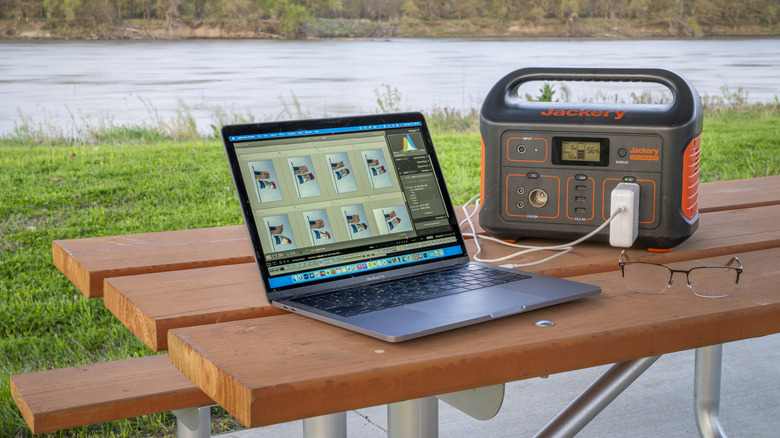
Although solar equipment can be a handy way to ensure you have power no matter where the road takes you, other backup power options don't require solar to keep you ready for adventure. You can tie solar panels into a battery system, but if your RV is already equipped with a generator, that may be your best bet for off-road energy.
With a gas-powered generator, you'll be able to operate RV appliances, and you can also charge battery packs. I've done this at home during extended power outages; during the day, we ran the Wi-Fi off a battery pack so I could work. In the evening, we'd run our generator to operate a single burner to cook dinner and play video games with our kids while the battery pack, phones, and other devices charged. A power station like Jackery's 293Wh model might give you enough juice to enjoy a short dry camping trip, even without solar or another power source to recharge.
First, it's essential to learn how to safely hook up to a generator. From there, consider your dry camping plans, including the duration of your trip and what kinds of devices you'll want to power or charge. Also, some of the best gadgets for RV living involve energy monitoring, so that's another device to consider. If you know how much energy you need and how much you have stored, you're less likely to, say, run out of power for essentials like hot water or a charged phone while boondocking.
Want the latest in tech and auto trends? Subscribe to our free newsletter for the latest headlines, expert guides, and how-to tips, one email at a time.
Read the original article on SlashGear.
